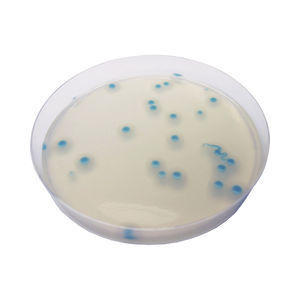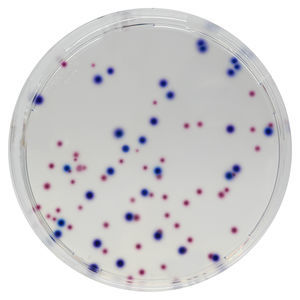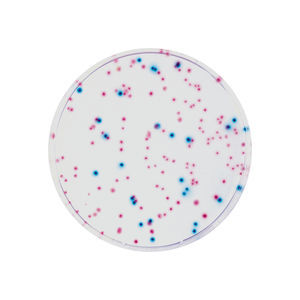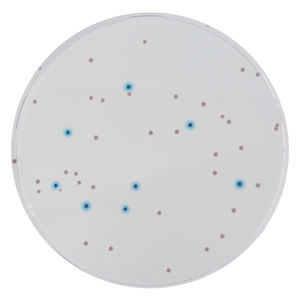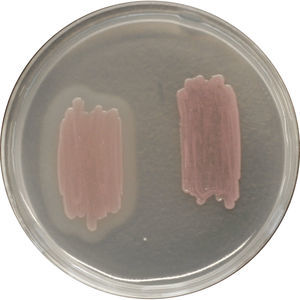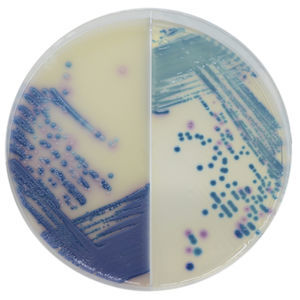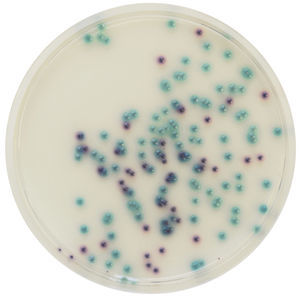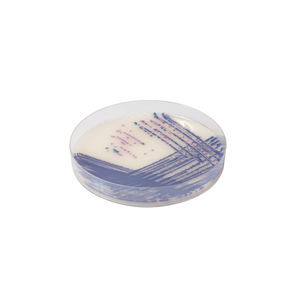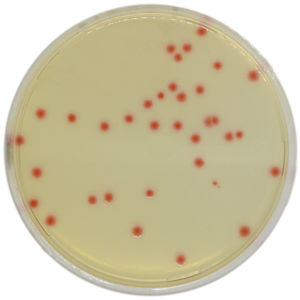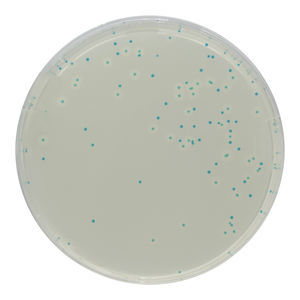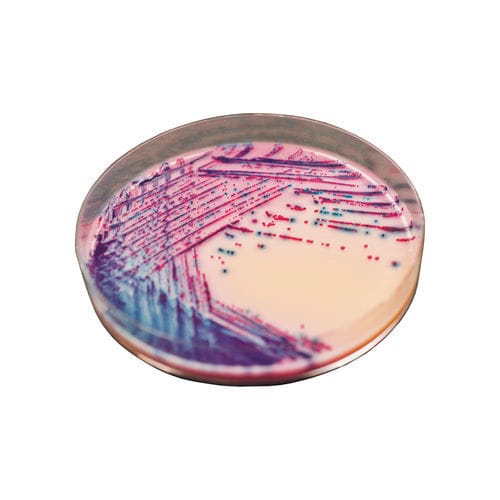
Medium reagent RR70 seriesfor bacterial isolationclinicalblood sample
Add to favorites
Compare this product
Characteristics
- Type
- reagent medium
- Applications
- for bacterial isolation, clinical, blood sample, for stool samples, for food products, food intolerance, for environmental analysis
- Tested parameter
- lead
- Micro-organism
- Salmonella, for coliforms
- Method
- chromogenic
- Storage temperature
15 °C, 30 °C
(59 °F, 86 °F)
Description
For detection and isolation of Salmonella spp.
in clinical and food samples.
Typical Appearance of microrganisms
Salmonella → red
Many Coliforms → blue, violet
Proteus, etc. → colourless
Despite its early discovery in the 1880’s, Salmonella remains a major worldwide pathogen and one of the most common causes of food-borne infections. For instance, in the US, Salmonella has an incidence rate of 16.2 cases per 100,000 (CDC estimation, 2008).
Mainly due to contamination in the food chain and/or during food-production processes, Salmonella commonly induces enteric illness whose major symptoms are abdominal cramps, diarrhea, nausea, vomiting. More severe cases, for instance typhoid cases or infections in immuno-depressed patients, can lead to body dehydration with renal failure or bacteraemia.
This underlines the importance of a continuous control of Salmonella along the entire food production chain. Large scale testing is only possible with efficient detection tools.
1. Reliable : The first commercially available (1989) chromogenic medium for Salmonella is still successful today, thanks to its performance. It can be also used with clinical specimens.
2. High specificity / less workload :
The conventional media for the detection of Salmonella by H2S character has very poor specificity, creating an abundance of false positives (Citrobacter, Proteus, etc.) among the rare real positive Salmonella.
The workload for unnecessary examination of suspect colonies is so high that the real positive Salmonella colonies might often be missed in routine testing. Because of their poor specificity,
Catalogs
No catalogs are available for this product.
See all of CHROMagar‘s catalogsRelated Searches
- Solution reagent kit
- Molecular biology reagent kit
- Diagnostic reagent kit
- Laboratory reagent kit
- Enzyme reagent kit
- Histology reagent kit
- Reagent medium reagent kit
- Bacteria reagent kit
- Blood sample reagent kit
- Clinical reagent kit
- Microbiology reagent kit
- Tissue reagent kit
- Gene reagent kit
- Colorimetric reagent kit
- High-sensitivity reagent kit
- Metal reagent
- Escherichia coli reagent kit
- Powder reagent kit
- Environmental analysis reagent kit
- Fungi reagent kit
*Prices are pre-tax. They exclude delivery charges and customs duties and do not include additional charges for installation or activation options. Prices are indicative only and may vary by country, with changes to the cost of raw materials and exchange rates.


